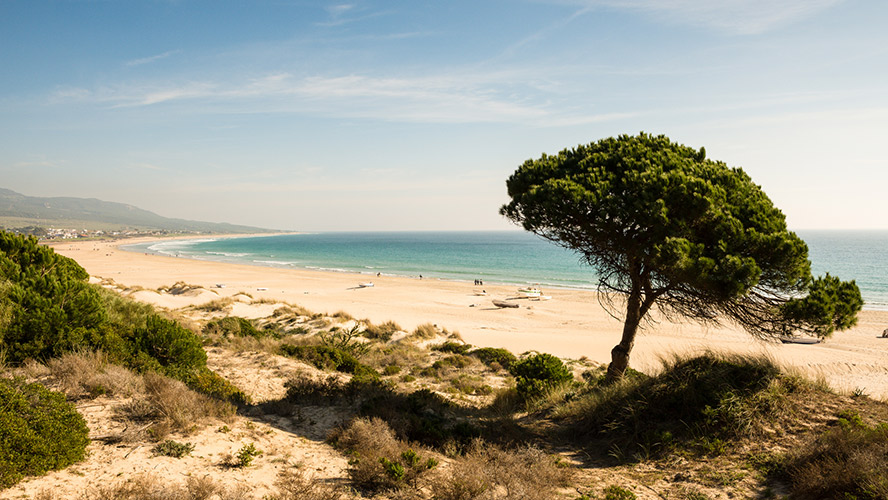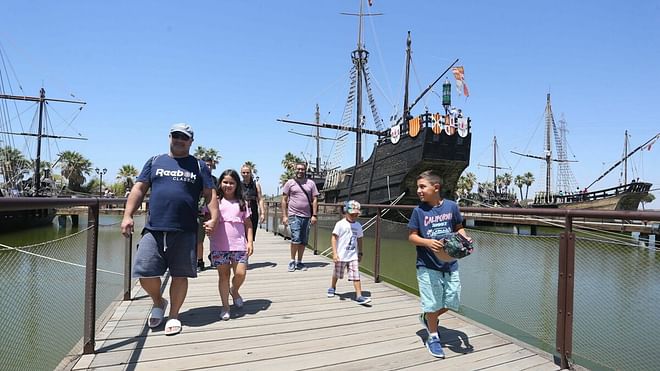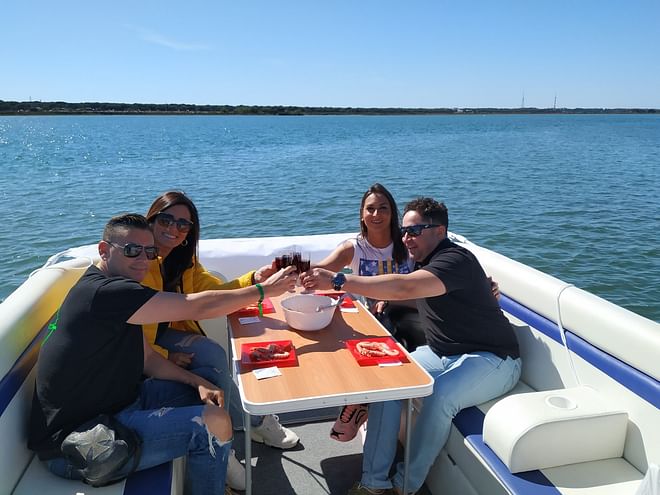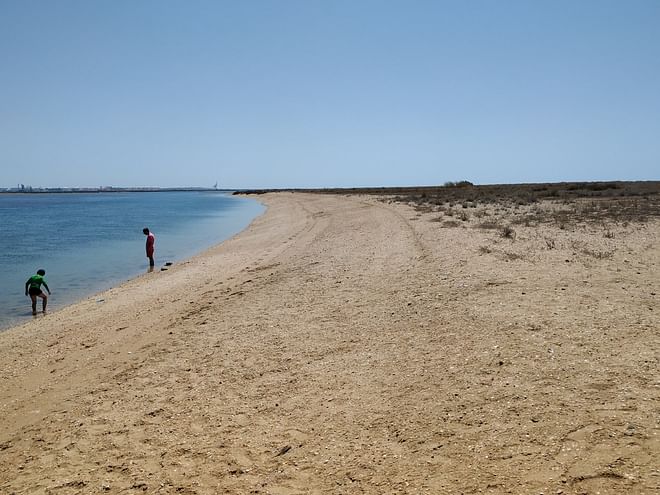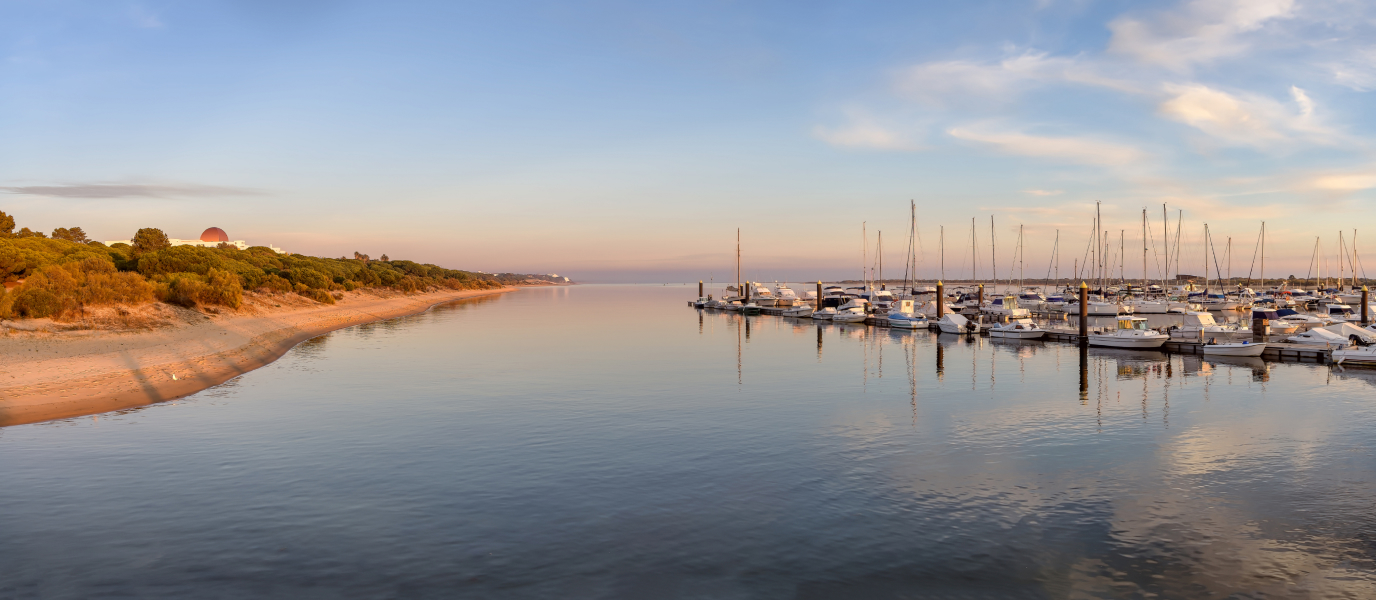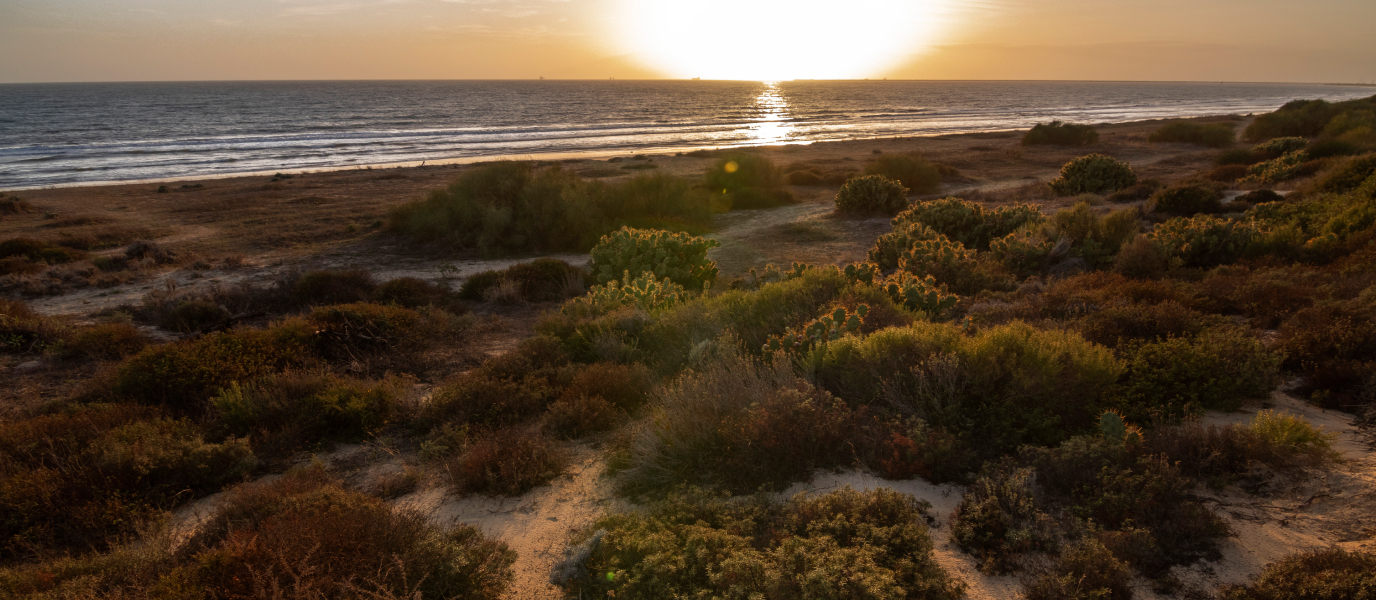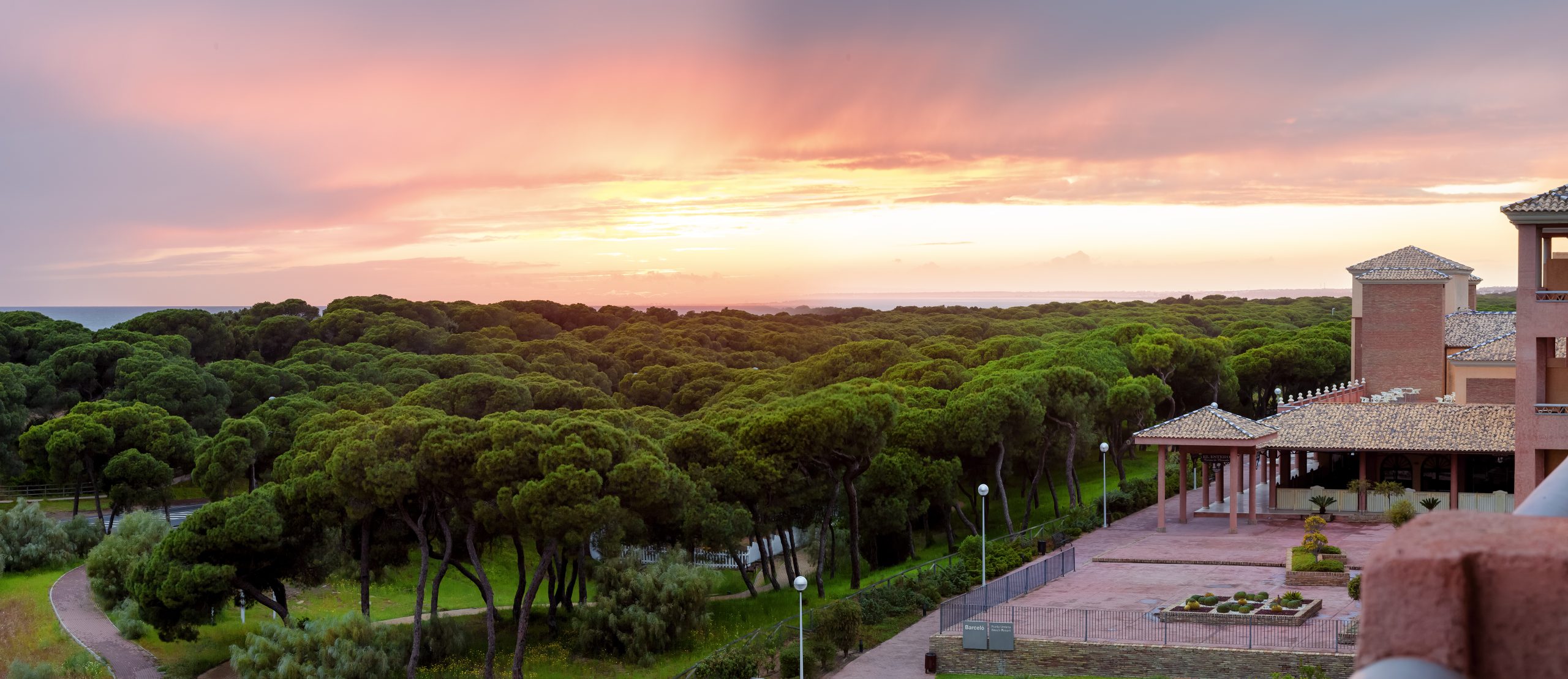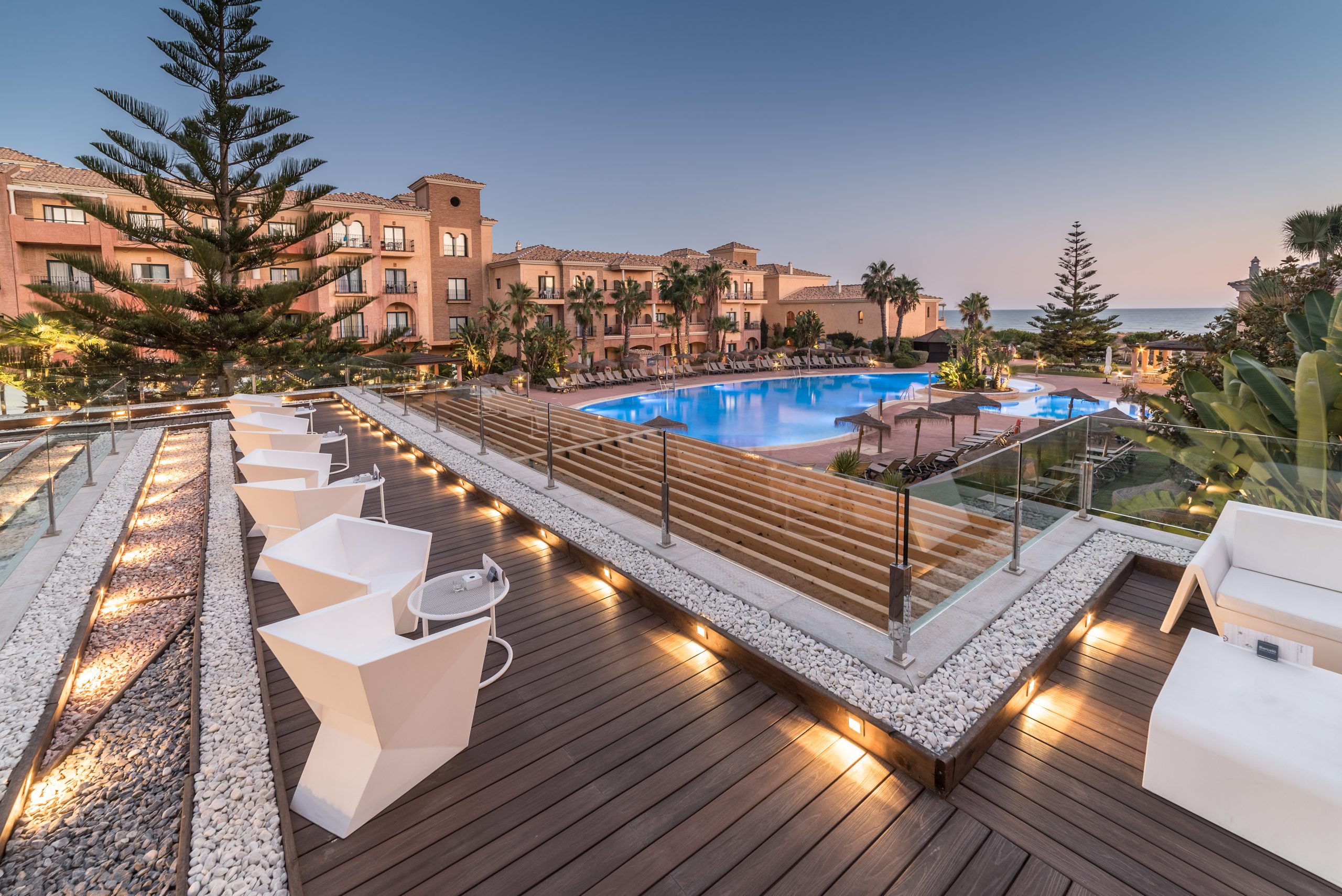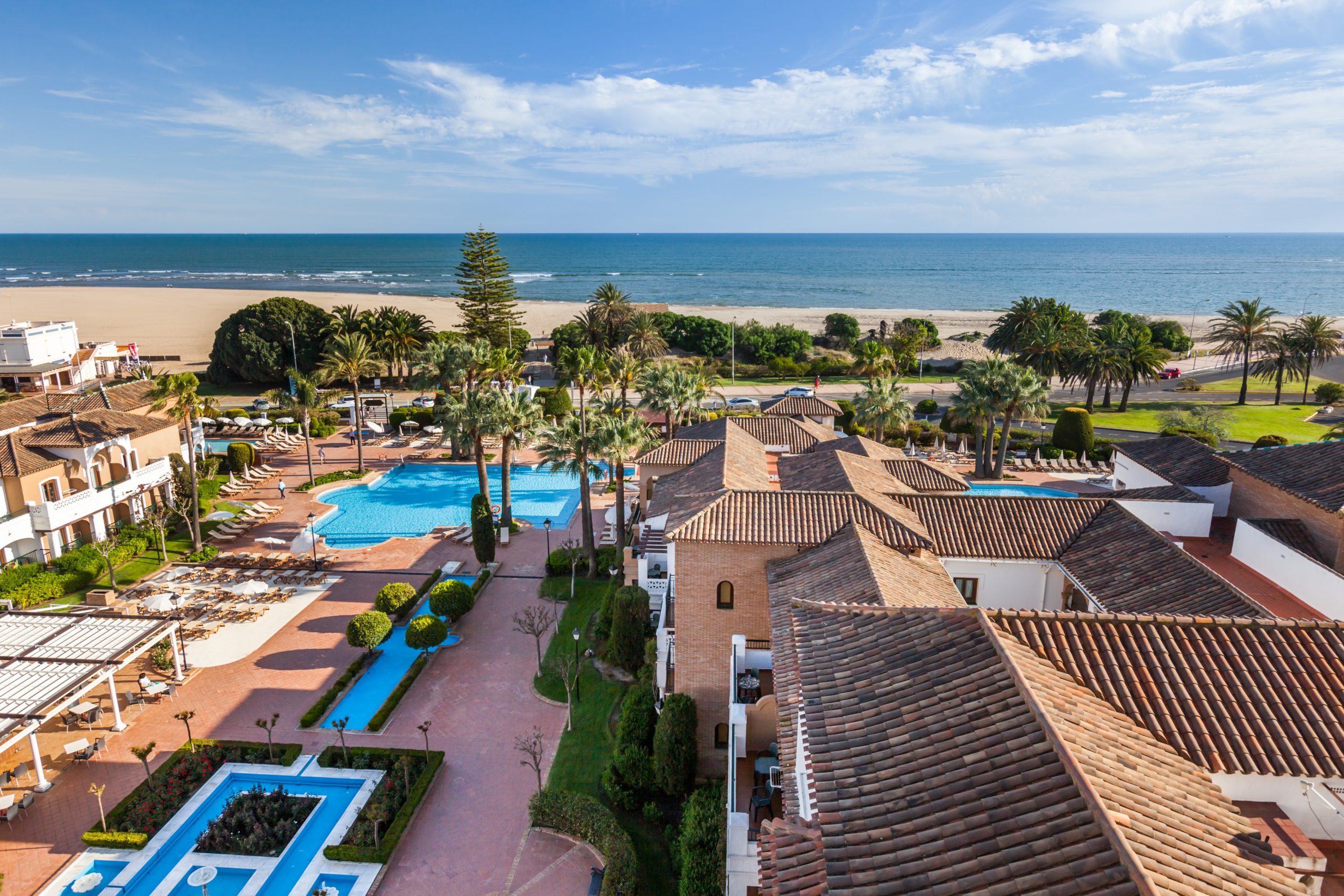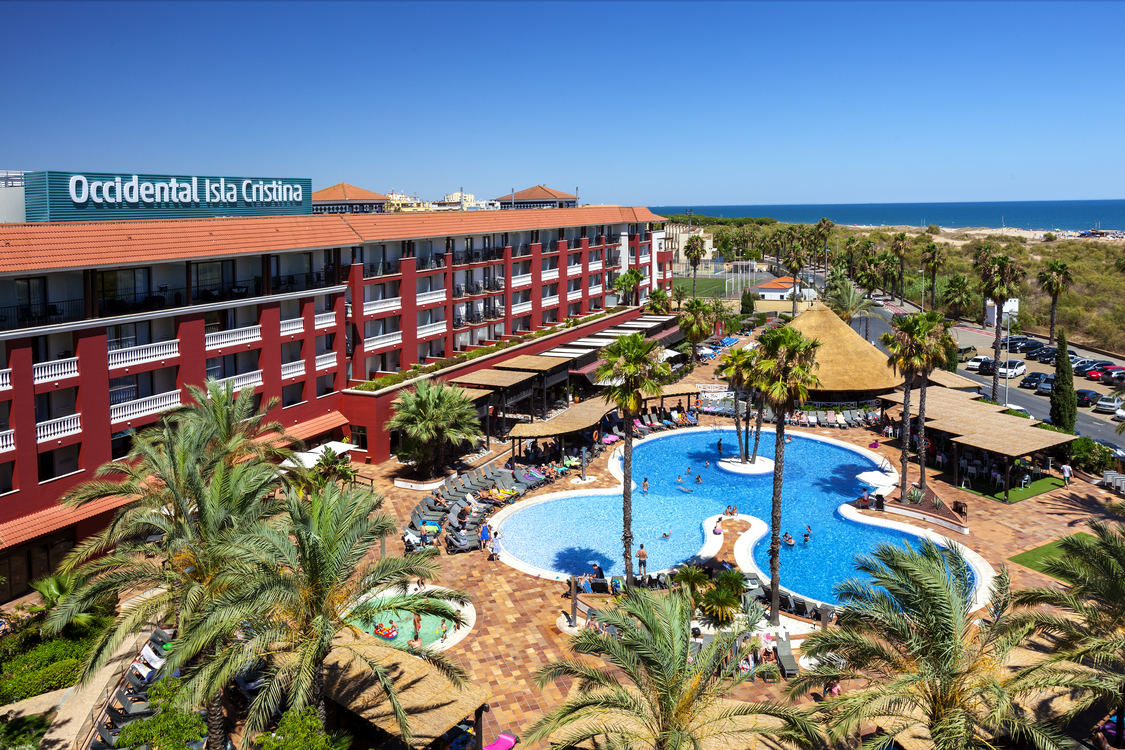The Costa de la Luz is so much more than just sun, sea and sand. With spectacular landscapes, quaint coastal villages, food to die for – especially fresh fish and seafood – and the chance to stay in some of the finest hotels there is a reason why the Costa de la Luz is so popular.
Related experiences
Costa de la Luz: a coast blessed with natural beauty
Located in the south-west of Spain, the provinces of Huelva and Cadiz share this beautiful ‘Coast of Light’, which takes its name from the seemingly interminable sunshine that bathes it all year round. At first sight, the kilometres of beaches and the small fishing villages take centre stage on the coast between the River Guadiana and Taifa. However, it would be a disservice to the area not to mention the important role this paradisiacal place played in history, especially since the ancestors of this place witnessed both Columbus’ embarkation on his journey to the New World and the Battle of Trafalgar.
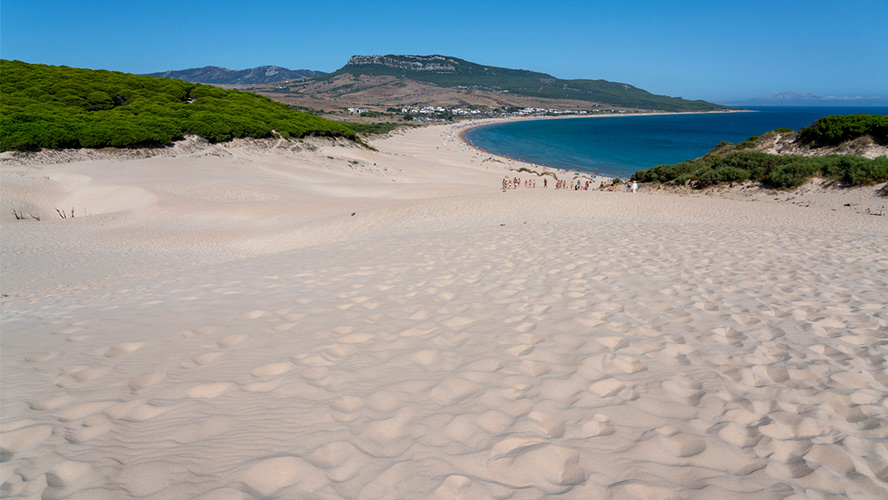
The best beaches on the Costa de la Luz
The beaches on the Costa de la Luz are some of the very best in the world and the offer plenty for any traveller. Whether you want to tumble in the waves doing water sports or simply splash your feet on the shore, you won’t be disappointed anywhere along this coast.
Beaches on the coast of Cadiz
- Bolonia Beach: Looking out at the city of Tangier across the Strait of Gibraltar, this nearly 4-kilometre beach has fine golden sand and clear waters that turn turquoise in the sunlight.
- La Caleta: This beach is to be found in the centre of Cadiz and, along with modern tourists, La Caleta has long been a popular destination for ships from ancient Phoenicia, Rome and Carthage
- Zahara de los Atunes: Located in the old fishing neighbourhood of Zapal, there is no better place to watch the sunset than on the almost 2 kilometres of fine golden sand on Zahara de los Atunes beach.
- La Barrosa: This beach’s 8 kilometres of golden sand are divided into three distinct areas. Located in Chiclana, although this beach is lined with lush green spaces, there are still plenty of shops and restaurants in the vicinity.
- Tarifa: Tarifa has more than 20 kilometres of coastline and boasts some of the finest virgin beaches in Spain. Surfing and windsurfing are both popular here thanks to the Atlantic winds.
- The beaches of Conil de la Frontera: In Conil you will find urban, semi-urban and completely virgin beaches all along the coast. Whether they’re tiny coves or long stretches of sand, you’re bound to find one to fall in love with.
Beaches on the coast of Huelva
- Mazagón Beach: This 9-kilometre beach is surrounded by sand dunes but also has an urban centre nearby in Palos de la Frontera. As one of Huelva’s most popular beaches, Mazagón is a must-see.
- Espigón Beach: Across the Odiel Marshlands you will find this 3-kilometre beach that is popular for fishing, windsurfing and, in one area, nudism too.
- Punta del Caimán: This beach is located in the Isla Cristina Marshlands and it is ideal for a relaxing dip in the sea, as it is protected from the strong waves and cold waters of the Atlantic.
- Parador de Moguer: Located in the Doñana National Park, this beach is surrounded by pine trees and the cliffs of Moguer.
- Isla Canela: Measuring 5 kilometres in length, Isla Canela beach is surrounded by sand dunes and marshlands, and is the perfect place to go windsurfing or kitesurfing. It also has plenty of amenities within walking distance of the beach.
- Isla Cristina: This stunning 13-kilometre beach is surrounded by pine forests and is well worth a visit during your time in Huelva.
Places on the Costa de la Luz
Although it is very tempting to just kick back and relax on the beach during your time on this coast, you would be missing out if you didn’t at least take one trip to see some of its most beautiful villages. Among them, you will find Ayamonte, Isla Cristina, Punta Umbría and the coastal village of Matalascañas. Cadiz has its own share of beautiful villages too, notably: Sanlúcar de Barrameda, Chiclana, Cádiz, Chipiona, Conil de la Frontera, Zahara de los Atunes, Bolonia and Tarifa.
Natural Parks on the Costa de la Luz
The Costa de la Luz is also famous for its enormous National Parks and nature reserves, the most famous of which is probably the Doñana National Park, which is home to more than 300 species of water birds all year long. Some other areas that stand out are the Barbate Marshlands, Alcornocales Park, which is one of the largest parks in Spain, and Estrecho Natural Park, which covers the southern extremity of the Iberian Peninsula.




































































